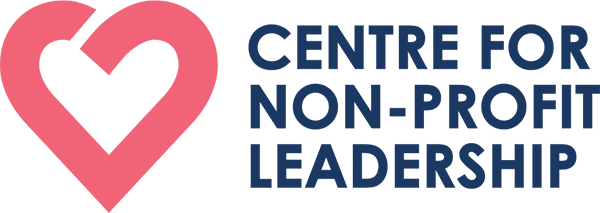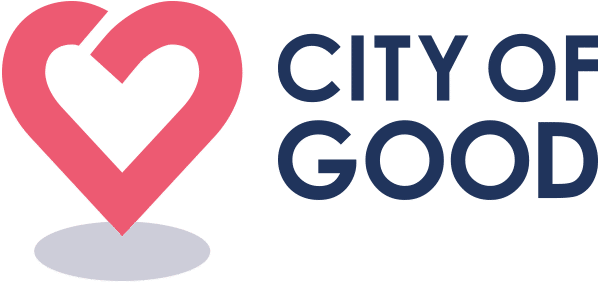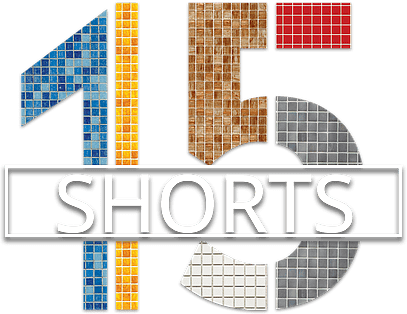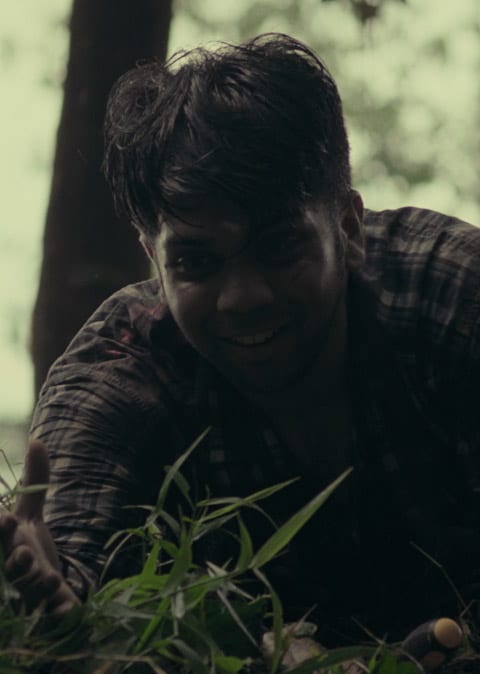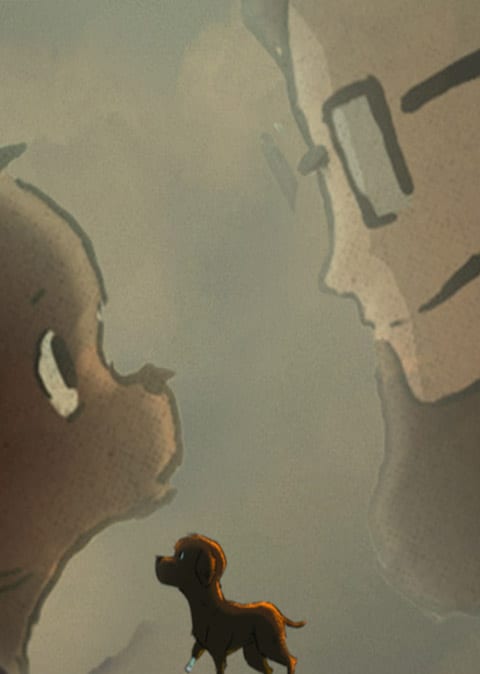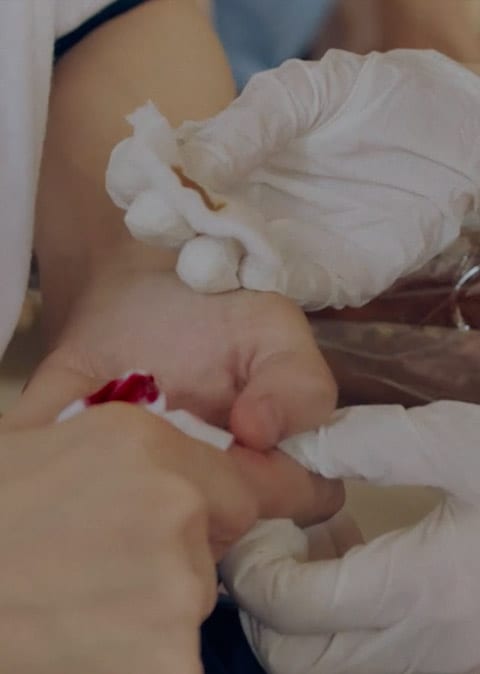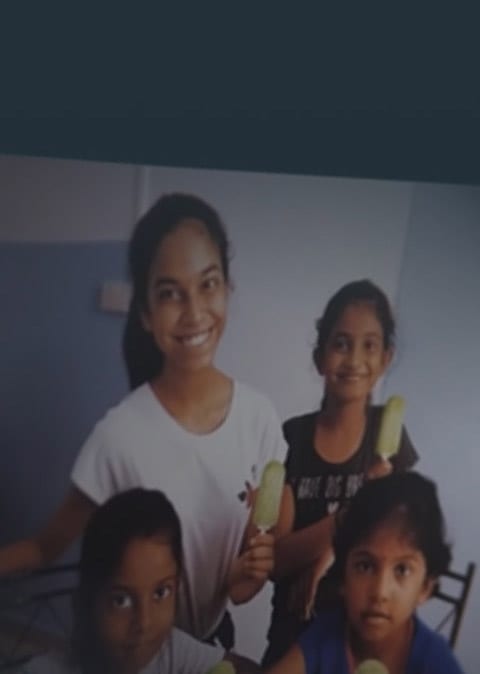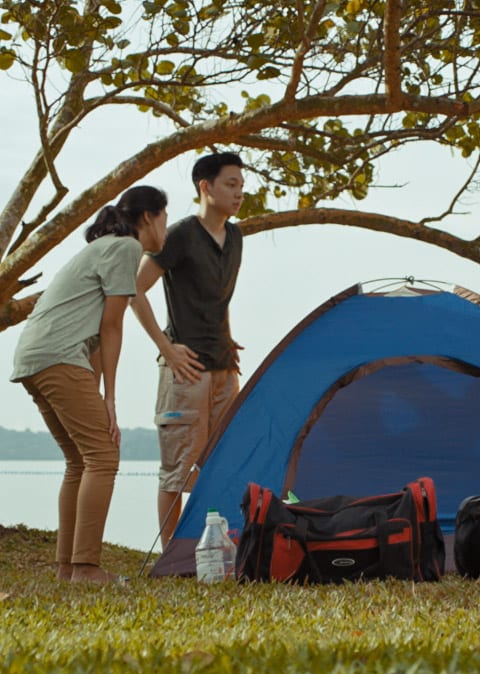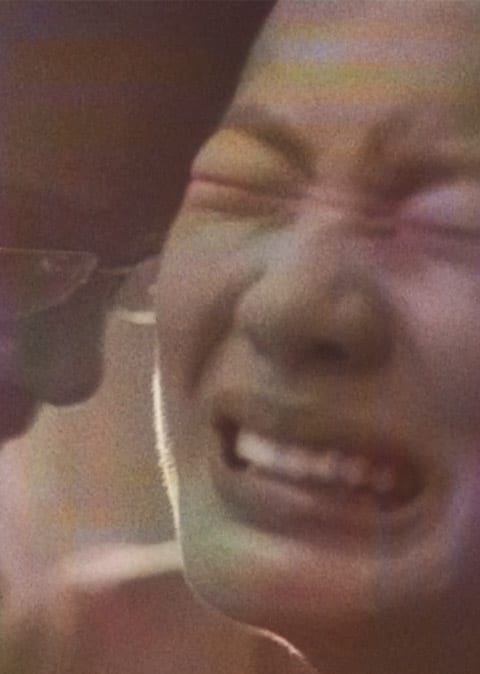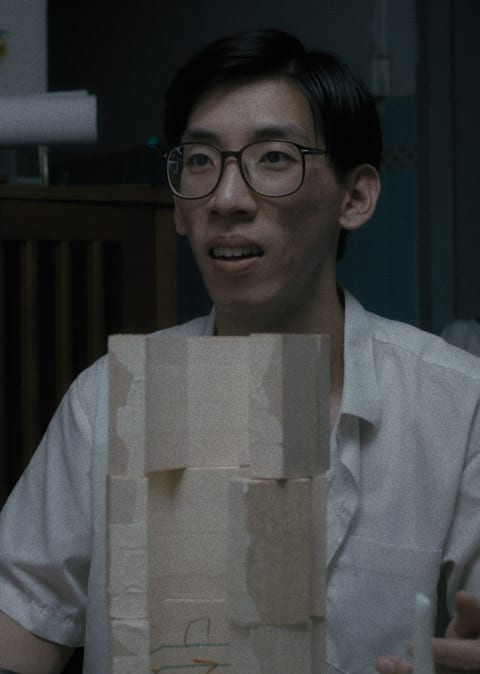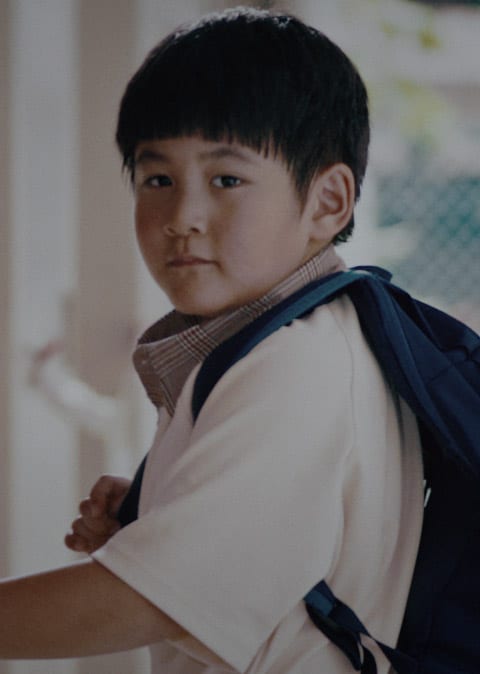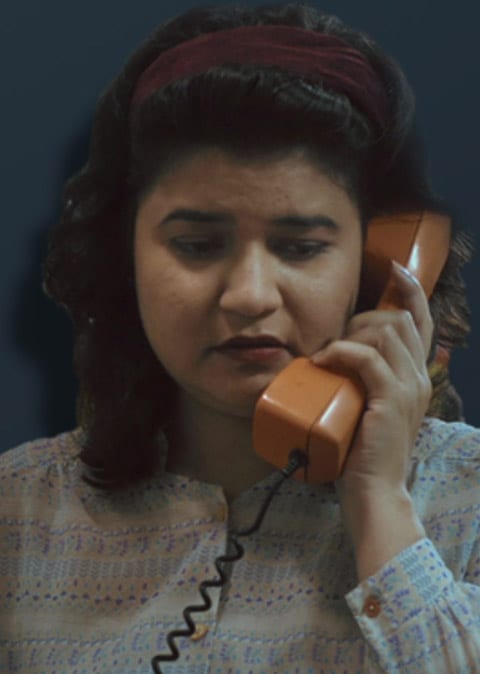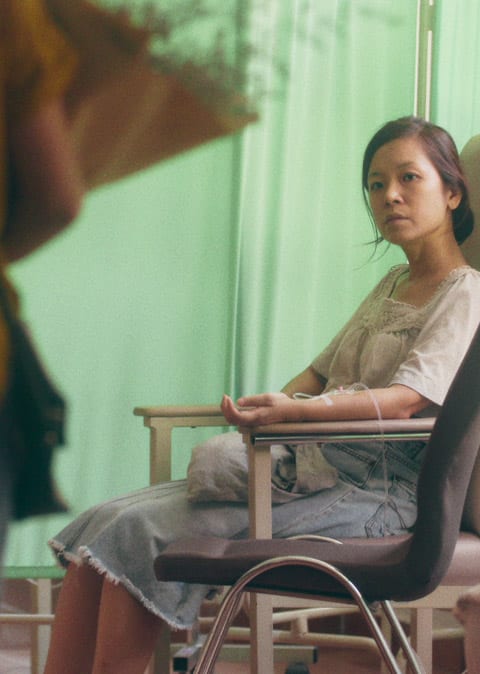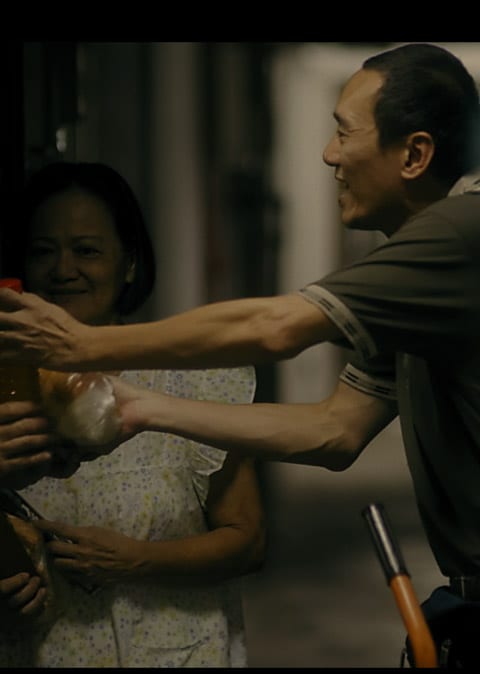“When I first joined the Rainbow Centre, I realised that many of our students did not have friendships and relationships outside of their own families,” recalls Timothy Chua, a social worker with Rainbow Centre’s Connected Communities Services.
It is an observation that rings true for many communities built around people with disabilities. While the goal of community inclusion for persons with disabilities sounds simple enough on paper, getting them to participate in community life through community events and activities is a lot harder than it sounds.
“It’s not because they don’t desire relationships with others, but because some of them simply don’t know how to or have the skills to,” Timothy explains. “If we believe that the well-being of individuals is closely tied to social factors, then meeting these gaps so they can build their own community of friends and support is really what we need to do together with them.”
While the Singapore Government has made significant steps to address the needs of PwDs (creating agencies such as SG Enable in 2013), there’s still an enduring lack of accessible spaces and programmes that aim to help PwDs integrate into mainstream society.
“There is so much so many of us — myself included — do not know about PwDs since our paths growing up typically do not collide. Much of the mainstream narrative of capitalism and meritocracy further keeps us from understanding the place of PwDs in our society.”
Timothy Chua
Fortunately, a handful of nonprofits and community organisations have picked up the social slack by creating PwD-inclusive spaces, such as special education schools.
One such organisation is Rainbow Centre, which opened its first campus along Margaret Drive in 1987. The nonprofit has since grown to serve more than 1,400 children, youths, and young adults with neurological conditions across three campuses in Singapore, providing them with person-centric programmes and services to support their needs and aspirations.
Engaging youths and young adults as a community
Timothy works primarily with youths and young adults in Rainbow Centre’s Connected Communities Service, a pilot project by the social work team to explore a new way of serving young adults with disabilities— a life coaching programme for individuals not enrolled in full-time services such as day activity centres or sheltered workshops. As a community animator, Timothy’s role involves engaging families and a network of connectors, befrienders, and neighbours as part of Rainbow Centre’s mission to community inclusion for PwDs.
The Connected Communities programme is run by a team of 3 life coaches/social workers and supported by 60 volunteer befrienders who support about 30 youths and young adults with special needs. Rainbow Centre also provides volunteer befrienders with formal training to support the initial befriending sessions they organise.
“The two things I try to do in my role is, firstly, enable PwDs’ voices to be heard so we know what’s important to them,” Timothy notes. “Secondly, it’s also about building sustainable relationships in the community they live in, which we believe play a great part in supporting them towards their Good Life Journey.”
Empowering students to start their Good Life Journey
With only one in every 100 adults with disabilities employed in Singapore, PwDs face an uphill battle when integrating into society. Rainbow Centre’s Good Life Journey toolkit provides the student, family members and professionals with a shared vision to facilitate goal setting as well as improve collaboration and systems linkages at all levels to transit into life outside a special education school.
Social workers like Timothy help students communicate their ideas and aspirations to their families and communicators, such as taking transport or learning new skills. They then proceed to identify the concrete steps they need to reach their goals.
“Rainbow Centre’s vision of ‘a world where persons with disabilities are empowered and thriving in inclusive communities’ resonated with me,” Timothy says. “I believe you can only truly thrive within the context of a community because the determinants of our well-being are very much social.”
3 lessons from working in the community
As a community animator at Rainbow Centre, Timothy says that understanding the nuances of the community has helped him become a better, more mindful community worker.
1. Recognise PwDs as individuals with individual lives
“Traditionally, decisions about people with special needs have been typically made on their behalf — often by their family or ‘professionals,’ simply because it’s more convenient to do so,” he notes. But the community has come to recognise the voice of the individual and the importance of respecting that voice, verbal or non-verbal. Granting autonomy to an individual to make their own decisions boosts their self-confidence.
2. Build rapport with families and caregivers
Timothy explains that parents are naturally very protective of their children with special needs, making it necessary to build good rapport right from the start and provide a lot of encouragement and empathy.
“We sometimes still have to work through grief issues with family members, even when the PwD has already grown up to be a young adult,” he adds.
Timothy also warns against the dangers of taking the mental health of caregivers for granted. When caregivers feel burned out or lack support to juggle their responsibilities and family commitments, their ability to continue working becomes compromised.
3. Work with communities within and outside the Rainbow Centre
Timothy notes that fundamental to success in any community is establishing collaborative relationships with your stakeholders. This is even more important at Rainbow Centre, where, as Timothy admits, there is so much he and other community leaders are still learning about PwDs, largely due to a lack of exposure to a PwD’s lived experiences.
“Getting support from management and funders, having a caring team of community leaders and inspiring members can all extend [our] capacities,” he says.
Collaboration also means looking beyond Rainbow Centre. Timothy believes they still need increased collaborations with other community organisations and developers for more place-based community development work to happen.
“While we can build bridges for PwDs to contribute their gifts, it’s equally important that there are communities to receive those gifts. Otherwise, we might be, as Cormac Russell puts it, ‘building bridges into nowhere,’ ” he says.
Challenges brought about by COVID-19
The Rainbow Centre’s role as a community for people with special needs has become especially apparent this year with the Covid-19 pandemic forcing regular classes and therapy sessions to shut down. Places like Rainbow Centre have been inundated with calls from parents and caregivers seeking assistance on how to manage children’s anxiety amidst the pandemic.
“We have turned our efforts towards developing more virtual platforms to get our community connected,” Timothy says. “We have also explored partnerships with online platforms to help find potential connectors we can bring our youth and young adults into contact with.”
Applying Asset Based Community Development (ABCD)
The Connected Communities programme’s approach to building a community is guided by the Asset Based Community Development (ABCD) approach.
“As a community developer, I first map the assets in the individual’s community,” Timothy explains. “I then identify the possible platforms of connection through the mapped out assets of individuals, associations, physical spaces, and institutions. Having identified these opportunities for relationship building, we can move on to building those connections.”
To illustrate this process, Timothy uses the example of John, a 20-year old youth with autism spectrum disorder (ASD).
Through his Good Life conversations with John, he learnt that John enjoys drawing and participating in physical activities such as brisk walking. His parents also hope that the Connected Communities programme can further hone his interest and skills in the kitchen. John also wants to make more friends.
After creating John’s community map, Timothy and his fellow community developers found
the following opportunities for John:
- Art activities on Tuesdays at Very Special Art (VSA), a non-profit that seeks to integrate PwDs into mainstream society through the arts
- Volunteer opportunities at his community garden on Wednesdays and Fridays
- They also recommended that John learn kitchen skills from his grandmother at home to prepare for his volunteer role of cutting vegetables at the Willing Hearts kitchen
- Finally, on certain weekends, John can connect with his befrienders from Rainbow Centre and build friendships over outings and activities they enjoy together
“Sustainability is what we are hoping to achieve through Connected Communities,” Timothy says. “The programme allows individuals like John to build long-term relationships within their local communities to stay engaged, connected, and become contributing members of their community.”
Reflection questions
- What is your community’s vision? What supports your community in achieving this vision?
- What are some lessons you have learned from your community? How have they shaped your community’s development?
- How has the Covid-19 pandemic affected your community’s activities? How have you adapted to these changes?
- What are some values that are important to you and how do you bring that to your community?
